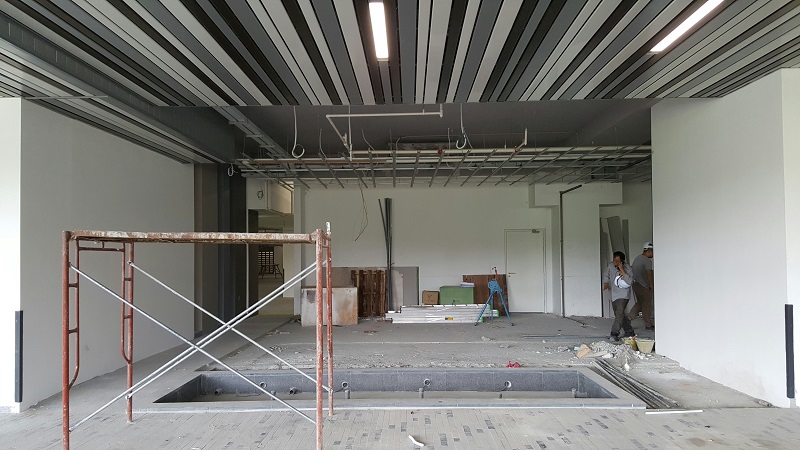Renovating a property for rent is a smart way to invest your money. It increases the value for sale, attracts good tenants, and reduces future repair costs. However, landlords often make the mistake of trying to cut costs where they really shouldn’t, which leads to much higher expenses in the long run. If you need reliable assistance, turn to SV Projects — a company specialising in quality renovations across London and the Midlands.
In this article, we will look at what not to skimp on when renovating a rental property. Whether you are refurbishing a flat in London or a house in Birmingham, the rules remain the same.
Why saving isn’t always appropriate
When planning renovations for a rental property, many landlords try to reduce expenses. This is a natural desire — to minimise investment and start earning quickly. However, it’s important to remember that excessive savings on key aspects of renovation can lead to significantly greater costs in the future.
Low-quality materials, unreliable contractors, or skipping basic work such as electrical checks or waterproofing only delay the problem. Sooner or later, it will “blow up” in the form of breakdowns, flooding, tenant complaints, or even empty properties that no one wants to rent.
What not to skimp on
Electrical systems and plumbing
If you want to rent out your property, don’t try to save by leaving old pipes in place or connecting new sockets to outdated wiring. This is not a solution, just postponing future troubles. It’s better to update all utilities right away to meet current standards.
This approach has several important advantages. Firstly, you create a safe environment for tenants. Secondly, you comply with housing regulations. Thirdly, you reduce the risk of accidents that could result in extra costs and loss of tenant trust.
Load-bearing structures
Cracks in walls, mould, or sagging floors are not just cosmetic issues. Ignoring them will lead to much more expensive repairs later. Such defects affect not only the appearance but also the safety and longevity of the property.
To avoid serious future expenses, it is worth investing upfront in strengthening foundations or load-bearing beams, waterproofing basements, and repairing or fully replacing the roof. This will preserve the building’s structural integrity and increase its rental market value.
Kitchen and bathroom
The kitchen and bathroom have the biggest impact on tenants’ impressions. Old or untidy plumbing can spoil the overall appeal of the property. It’s important to install reliable mid-range appliances, choose materials resistant to moisture and mould, and opt for economical fixtures — tenants will definitely appreciate the convenience and practicality.
Windows, doors, and locks
Safety and warmth are the foundation of tenant comfort and a way to save on heating. To achieve this, install double-glazed windows with good sound insulation, replace old front doors with sturdy ones featuring reliable locks, and choose quality internal doors for better soundproofing inside the property.
Flooring
Cheap flooring wears out quickly, so durability is more important than price in this case. The best options are laminate or vinyl tiles for general rooms, and tiles for bathrooms and kitchens. If you really want a budget option, a dense carpet can be used minimally, but it is less reliable.
Saving on key elements can lead to significant expenses later due to accidents, frequent repairs, and loss of tenant trust. To ensure durability, comfort, and safety, it is better to invest immediately in quality materials and professional workmanship. Only then can you guarantee a stable income and minimise risks associated with property management.




